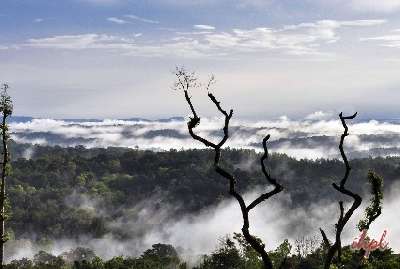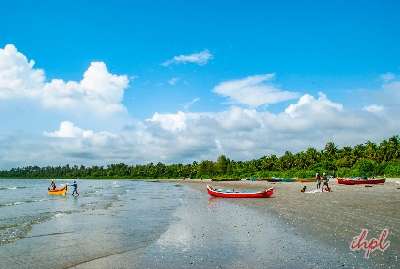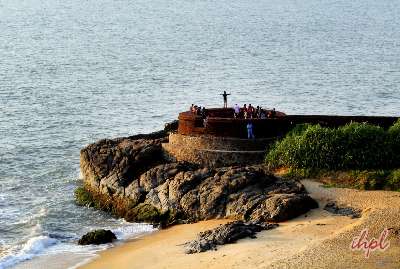The Wayanad Wildlife Sanctuary is situated adjacent to Nagarhole and Bandipur in Karnataka on the north-east and Mudumalai in Tamilnadu on the south-east. This sanctuary was established in 1973 as an essential part of the Nilgiri Biosphere Reserve. As history beckons, this land was the battlefield for fighting between the British and Pazhassi Raja.
Conservation of the biological heritage in the region has been the chief objective in establishing this natural reserve. Therefore, the sanctuary is conserved following scientific processes, keeping the general lifestyle of the tribal and other locals living on the fringes of the forest in mind.
The forest is preserved to the delight of thousands of visitors annually. The rich flora and fauna of the reserve are noticeable everywhere. The 345 sq. km. sanctuary comprises occasional hillocks and dense and thick forests. The park’s conserved vegetation includes teak, eucalyptus, and grevelia trees. The climate has played its part in the growth of vegetation.
Wayanad Wildlife Reserve is also known for its elephant population, which has increased significantly after the sanctuary was inducted under Project Elephant. It was launched in 1991-92 to protect the wild elephant population.
Wayanad Tour Packages
List Of Popular Wildlife Sanctuaries In South India
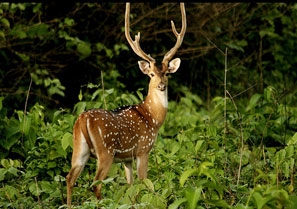 Kabini Wildlife Sanctuary
Kabini Wildlife Sanctuary 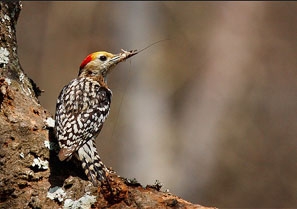 B R Hills Wildlife Sanctuary
B R Hills Wildlife Sanctuary  Dandeli Wildlife Sanctuary
Dandeli Wildlife Sanctuary 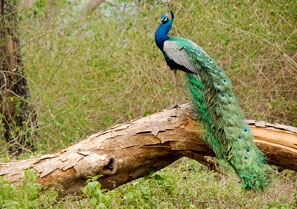 Mudumalai Wildlife Sanctuary
Mudumalai Wildlife Sanctuary 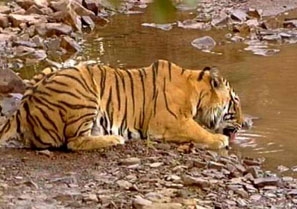 Nagarjunsagar Wildlife Sanctuary
Nagarjunsagar Wildlife Sanctuary 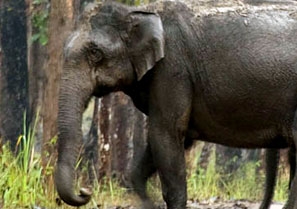 Aralam Wildlife Sanctuary
Aralam Wildlife Sanctuary  Peechi Vazhani Wildlife Sanctuary
Peechi Vazhani Wildlife Sanctuary  Peppara Wildlife Sanctuary
Peppara Wildlife Sanctuary 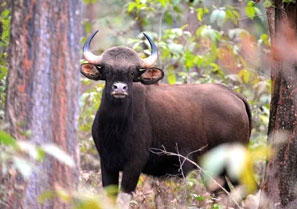 Shendurni Wildlife Sanctuary
Shendurni Wildlife Sanctuary 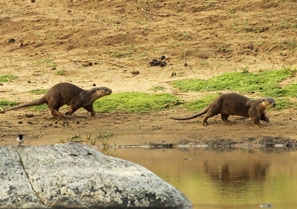 Cauvery Wildlife Sanctuary
Cauvery Wildlife Sanctuary 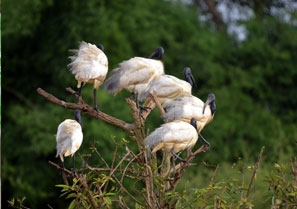 Gudavi Bird Sanctuary
Gudavi Bird Sanctuary  Kolleru Lake Bird Sanctuary
Kolleru Lake Bird Sanctuary 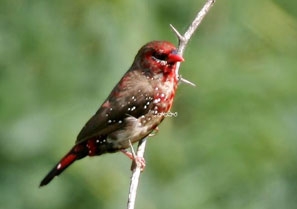 Manjira Wildlife & Bird Sanctuary
Manjira Wildlife & Bird Sanctuary  Pakhal Wildlife Sanctuary
Pakhal Wildlife Sanctuary  Papikonda Wildlife Sanctuary
Papikonda Wildlife Sanctuary 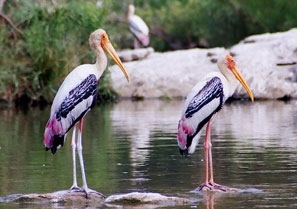 Pocharam Forest Sanctuary
Pocharam Forest Sanctuary  Pranhita Wildlife Sanctuary
Pranhita Wildlife Sanctuary 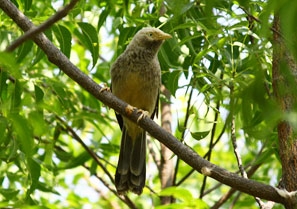 Rollapadu Bird Sanctuary
Rollapadu Bird Sanctuary 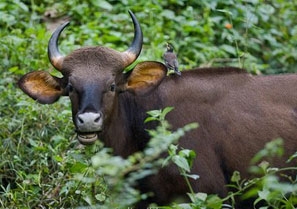 Parambikulam Wildlife Sanctuary
Parambikulam Wildlife Sanctuary  Bhadra Wildlife Sanctuary
Bhadra Wildlife Sanctuary  Krishna Wildlife Sanctuary
Krishna Wildlife Sanctuary 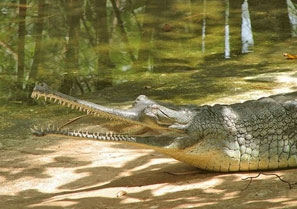 Sivaram Wildlife Sanctuary
Sivaram Wildlife Sanctuary 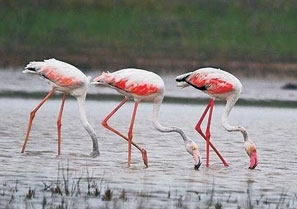 Pulicat Sanctuary
Pulicat Sanctuary 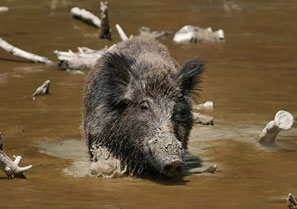 Srilanka Malleswara Sanctuary
Srilanka Malleswara Sanctuary  Chinnar Wildlife Santuary
Chinnar Wildlife Santuary  Idukki Wildlife Sanctuary
Idukki Wildlife Sanctuary 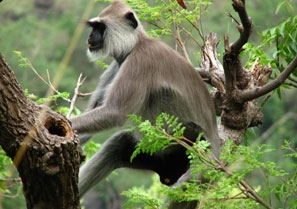 Neyyar Wildlife Sanctuary
Neyyar Wildlife Sanctuary 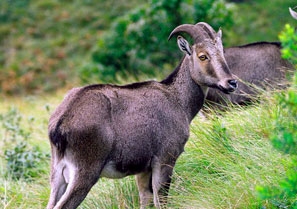 Rajamala Wildlife Sanctuary
Rajamala Wildlife Sanctuary  Coringa Wildlife Sanctuary
Coringa Wildlife Sanctuary 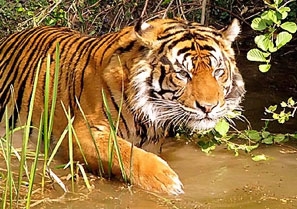 Eturnagaram Sanctuary
Eturnagaram Sanctuary  Gundla Brahmeswara Sanctuary
Gundla Brahmeswara Sanctuary  Kaundinya Wildlife Sanctuary
Kaundinya Wildlife Sanctuary 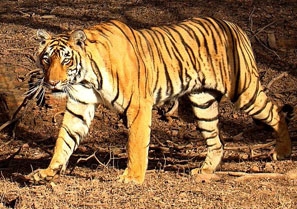 Kawal Wildlife Sanctuary
Kawal Wildlife Sanctuary  Kinnerasani Wildlife Sanctuary
Kinnerasani Wildlife Sanctuary 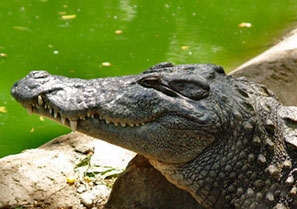 Crocodile Bank Tamil Nadu
Crocodile Bank Tamil Nadu  Kalakkadu Wildlife Sanctuary
Kalakkadu Wildlife Sanctuary 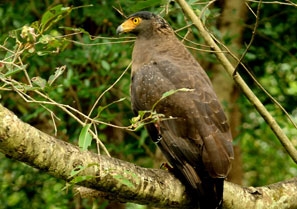 Mundanthurai Wildlife Sanctuary
Mundanthurai Wildlife Sanctuary  Point Calimere Wildlife Sanctuary
Point Calimere Wildlife Sanctuary 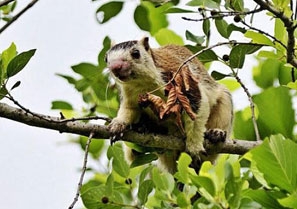 Srivilliputhur Grizzled Squirrel Wildlife Sanctuary
Srivilliputhur Grizzled Squirrel Wildlife Sanctuary 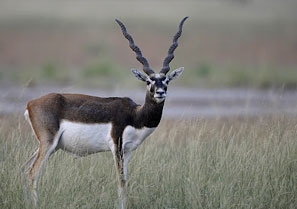 Vallanadu Black Buck Wildlife Sanctuary
Vallanadu Black Buck Wildlife Sanctuary




